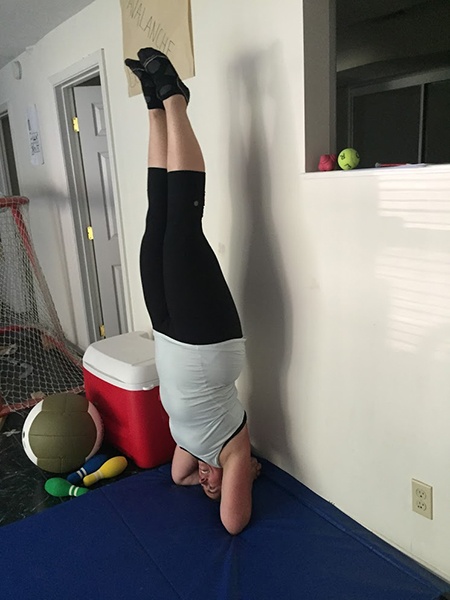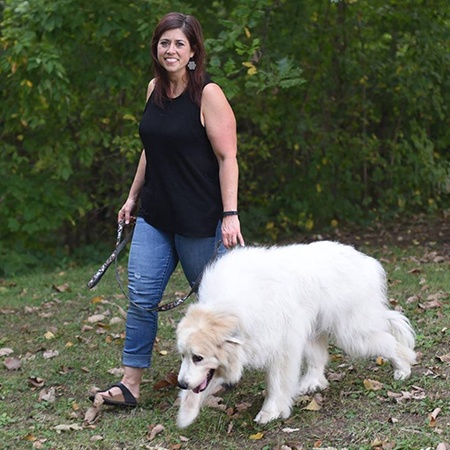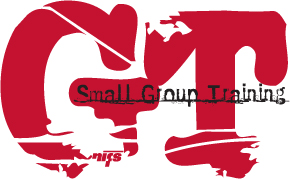 After the feasting season (Halloween to Christmas) comes the New Year, and for a lot of people this means a resolution. Most people make resolutions to start weight loss, work out more, eat better, and so on; but typically it is some sort of goal to start off the New Year on a healthier note. If you are hoping to have a healthier year, I have some suggestions that will help jump-start your January.
After the feasting season (Halloween to Christmas) comes the New Year, and for a lot of people this means a resolution. Most people make resolutions to start weight loss, work out more, eat better, and so on; but typically it is some sort of goal to start off the New Year on a healthier note. If you are hoping to have a healthier year, I have some suggestions that will help jump-start your January.
Keep Food Logs
The best and easiest thing you can do to help with changes in your diet is to start keeping track of what you are eating. It has been well researched that just writing down what you are eating helps you be more accountable to yourself, eat less, and create a more balanced diet with better nutrition.
Technology has made it much easier to keep track of what you eat. Using popular apps such as MyFitnessPal and LoseIt allows you to log millions of food choices, track your calories and macronutrients (carbohydrates, protein, and fat), and easily see where you are getting too much or not enough of the foods your body needs. But if these apps aren’t appealing to you, just jot down on paper what you had. That act of accountability alone has been found to help individuals eat 40 percent less!
Clean Out Your Fridge and Pantry
If you have a goal to eat more balanced in the new year, the first place to look to achieve this goal is your kitchen. Open your fridge, freezer, and pantry and start tossing! If items are expired, throw those in the trash so you can start with fresh foods for the year.
Next, take a look at the foods with really long ingredient lists. If you don’t know what is in your food or if you can’t pronounce it, this is typically a sign that the food is highly processed and high in preservatives and other additives. Swap these out for more fresh items or foods that have short and familiar ingredients.
Finally, stock your fridge and freezer with fresh fruits, vegetables, lean meats, low-fat dairy, whole grains, and healthy fats.
Hit Up the Grocery Store or Sign Up for Meal Delivery
Chances are you finished out the previous year eating a lot of meals away from home or not being able to control your choices at parties and gatherings. Make a goal this year to spend more time in your kitchen. This means going to the grocery store once per week to have the foods available to prepare balanced meals and snacks. Or, consider signing up for a meal delivery service such as Hello Fresh or Blue Apron to take the guesswork out of three meals per week. Check out my previous blog with my review of Hello Fresh.
Try Something New
Are you in a food rut? Are you bored with the same meals over and over again? Make an effort to get out of that rut by trying something new each week. This might be starting your day with veggie-filled egg muffins instead of your typical bowl of cereal. Or instead of running out at lunch to grab a sandwich, you start packing your lunch and include a turkey and avocado wrap with fresh-cut veggies and a Greek yogurt. Then at dinner, instead of corn and green beans as your go-to veggie, try something new like Brussels sprouts or asparagus. Make a list of new foods or food goals you want to achieve each week and enjoy new food experiences.
If you have been wanting to change some of your habits, take the New Year as an opportunity to start some fresh ones. It just takes one or two small changes to help jump-start your healthy eating.
This blog was written by Angie Mitchell, RD, Wellness Coordinator. To find out more about the NIFS bloggers, click here.


 A New Year is a great time to
A New Year is a great time to  It seems nearly impossible that the holidays have crept upon us already! And not just that, but those dreaded
It seems nearly impossible that the holidays have crept upon us already! And not just that, but those dreaded 
 When I last left you in
When I last left you in 





 I am not someone who is really into New Year’s resolutions. I prefer to use the term “goal” when thinking about next year. When looking ahead, everyone is always trying to make some sort of health and fitness resolution (which for some is awesome and works), but we all know that come the end of February to mid-March, many have fallen off the bandwagon already.
I am not someone who is really into New Year’s resolutions. I prefer to use the term “goal” when thinking about next year. When looking ahead, everyone is always trying to make some sort of health and fitness resolution (which for some is awesome and works), but we all know that come the end of February to mid-March, many have fallen off the bandwagon already. 
 It’s that time of year again, the time when most are bombarded with messages of New Year’s resolutions and how to
It’s that time of year again, the time when most are bombarded with messages of New Year’s resolutions and how to 
